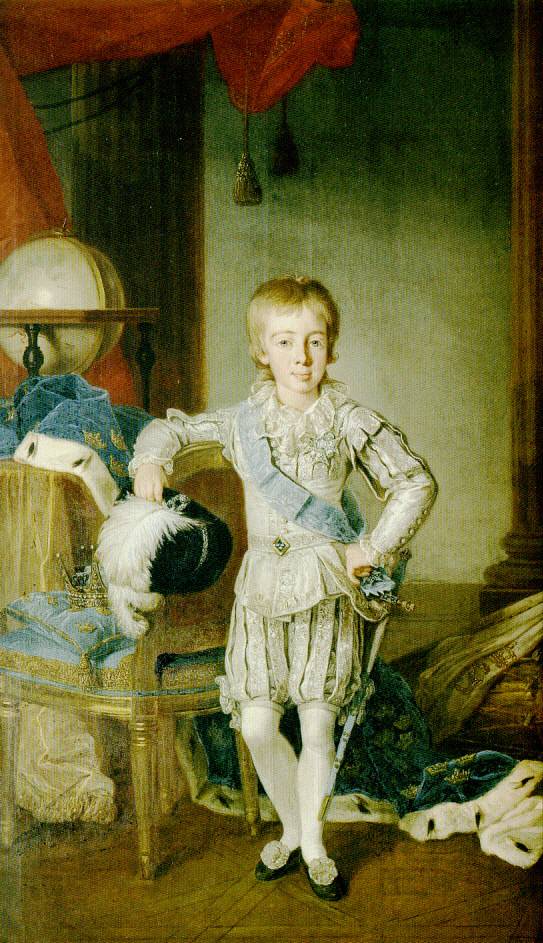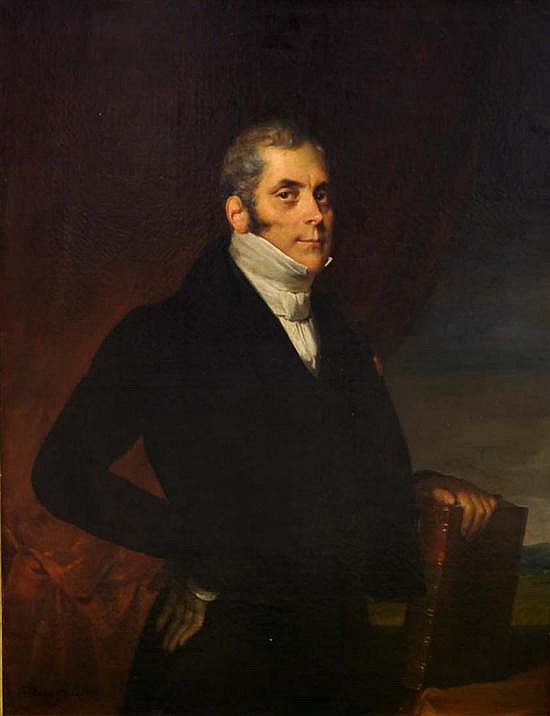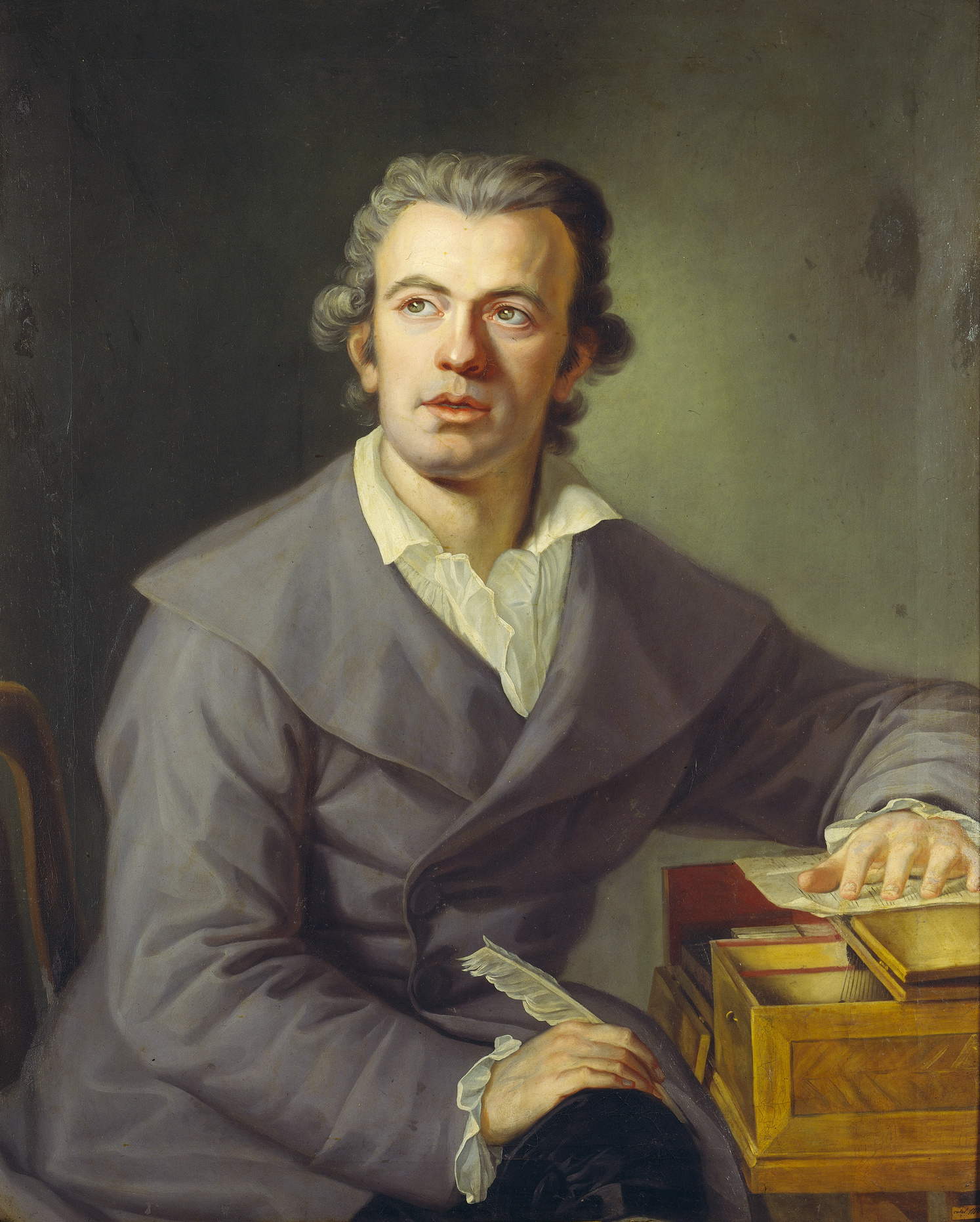|
Royal Swedish Opera
Royal Swedish Opera ( sv, Kungliga Operan) is an opera and ballet company based in Stockholm, Sweden. Location and environment The building is located in the center of Sweden's capital Stockholm in the borough of Norrmalm, on the eastern side of Gustav Adolfs torg across from the former Arvfurstens Palats, now Ministry for Foreign Affairs. It lies on the north side of the Norrström river and is connected to the Royal Palace through the Norrbro bridge. Further historically as well as architecturally important buildings in the close neighborhood are the Sager House, official residence of the Prime Minister of Sweden, and the Riksdag building. History The opera company was founded with the Royal Swedish Academy of Music by King Gustav III and its first performance, ''Thetis and Phelée'' with Carl Stenborg and Elisabeth Olin, was given on 18 January 1773; this was the first native speaking opera performed in Sweden. But the first opera house was not opened until 1782 and s ... [...More Info...] [...Related Items...] OR: [Wikipedia] [Google] [Baidu] |
Elisabeth Olin
Elisabeth Olin née ''Lillström'' (December 1740 – 26 March 1828) was a Swedish opera singer and a music composer. She performed the leading female role in the inauguration performance of the Royal Swedish Opera in 1773, and is referred to as the first Swedish opera prima donna. She was the first female to be made '' Hovsångerska'' (1773), and the first woman to become a member of the Royal Swedish Academy of Music (1782). Life Elisabeth Olin was the daughter of the musician Petter Lillström and the actress and singer Elisabeth Lillström. Her parents were both engaged at the opera theater of Bollhuset, Sweden's first professional national stage, where her father was an organist in the theater orchestra, and her mother was one of the first professional actresses in Sweden, the prima donna of the theater and a member of the theater's board of directors. Early career Elisabeth Olin, then called Betty Lillström, debuted at the age of seven at Bollhuset in 1747 the part of ... [...More Info...] [...Related Items...] OR: [Wikipedia] [Google] [Baidu] |
Gustav IV Adolf Of Sweden
Gustav IV Adolf or Gustav IV Adolph (1 November 1778 – 7 February 1837) was King of Sweden from 1792 until he was deposed in a coup in 1809. He was also the last Swedish monarch to be the ruler of Finland. The occupation of Finland in 1808–09 by Russian forces was the immediate cause of Gustav's violent overthrow by officers of his own army. Following his abdication on 29 March 1809, an Instrument of Government was hastily written, which severely circumscribed the powers of the monarchy. The "Instrument" was adopted in 1809 on 6 June, the National Day of Sweden now as well as in his time. It remained in force until replaced in 1974. The crown, now with strictly limited powers, passed to Gustav's uncle Charles XIII, who had no legitimate children; this want of heirs set into motion the quest for a successor, who was found the following year in the person of Jean-Baptiste Jules Bernadotte, the first monarch of the present royal family. ch 37 pp 203-19 Early life Gustav Adolf w ... [...More Info...] [...Related Items...] OR: [Wikipedia] [Google] [Baidu] |
Gustav III
Gustav III (29 March 1792), also called ''Gustavus III'', was King of Sweden from 1771 until his assassination in 1792. He was the eldest son of Adolf Frederick of Sweden and Queen Louisa Ulrika of Prussia. Gustav was a vocal opponent of what he saw as the abuse of political privileges seized by the nobility since the death of King Charles XII. Seizing power from the government in a coup d'état, called the Swedish Revolution, in 1772 that ended the Age of Liberty, he initiated a campaign to restore a measure of Royal autocracy, which was completed by the Union and Security Act of 1789, which swept away most of the powers exercised by the Swedish Riksdag (parliament) during the Age of Liberty, but at the same time it opened up the government for all citizens, thereby breaking the privileges of the nobility. A bulwark of enlightened absolutism, Gustav spent considerable public funds on cultural ventures, which were controversial among his critics, as well as military attempts t ... [...More Info...] [...Related Items...] OR: [Wikipedia] [Google] [Baidu] |
Giuseppe Verdi
Giuseppe Fortunino Francesco Verdi (; 9 or 10 October 1813 – 27 January 1901) was an Italian composer best known for his operas. He was born near Busseto to a provincial family of moderate means, receiving a musical education with the help of a local patron. Verdi came to dominate the Italian opera scene after the era of Gioachino Rossini, Gaetano Donizetti, and Vincenzo Bellini, whose works significantly influenced him. In his early operas, Verdi demonstrated a sympathy with the Risorgimento movement which sought the unification of Italy. He also participated briefly as an elected politician. The chorus "Va, pensiero" from his early opera ''Nabucco'' (1842), and similar choruses in later operas, were much in the spirit of the unification movement, and the composer himself became esteemed as a representative of these ideals. An intensely private person, Verdi did not seek to ingratiate himself with popular movements. As he became professionally successful, he was able ... [...More Info...] [...Related Items...] OR: [Wikipedia] [Google] [Baidu] |
Un Ballo In Maschera
''Un ballo in maschera'' ''(A Masked Ball)'' is an 1859 opera in three acts by Giuseppe Verdi. The text, by Antonio Somma, was based on Eugène Scribe's libretto for Daniel Auber's 1833 five act opera, '' Gustave III, ou Le bal masqué''. The plot concerns the assassination in 1792 of King Gustav III of Sweden who was shot, as the result of a political conspiracy, while attending a masked ball, dying of his wounds thirteen days later. It was to take over two years between the commission from Naples, planned for a production there, and its premiere performance at the Teatro Apollo in Rome on 17 February 1859. In becoming the ''Un ballo in maschera'' which we know today, Verdi's opera (and his libretto) underwent a significant series of transformations and title changes, caused by a combination of censorship regulations in both Naples and Rome, as well as by the political situation in France in January 1858. Based on the Scribe libretto and begun as ''Gustavo III'' set in Stockho ... [...More Info...] [...Related Items...] OR: [Wikipedia] [Google] [Baidu] |
Daniel Auber
Daniel-François-Esprit Auber (; 29 January 178212 May 1871) was a French composer and director of the Paris Conservatoire. Born into an artistic family, Auber was at first an amateur composer before he took up writing operas professionally when the family's fortunes failed in 1820. He soon established a professional partnership with the librettist Eugène Scribe that lasted for 41 years and produced 39 operas, most of them commercial and critical successes. He is mostly associated with opéra-comique and composed 35 works in that genre. With Scribe he wrote the first French grand opera, ''La Muette de Portici'' (The Dumb Woman of Portici) in 1828, which paved the way for the large-scale works of Giacomo Meyerbeer. Auber held two important official musical posts. From 1842 to 1871 he was director of France's premier music academy, the Paris Conservatoire, which he expanded and modernised. From 1852 until the fall of the Second Empire in 1870 he was director of the imperial chap ... [...More Info...] [...Related Items...] OR: [Wikipedia] [Google] [Baidu] |
Gustave III (Auber)
''Gustave III, ou Le bal masqué'' (''Gustavus III, or The Masked Ball'') is an ''opéra historique'' or grand opera in five acts by Daniel Auber, with a libretto by Eugène Scribe. Performance history It received its first performance at the Salle Le Peletier of the Paris Opéra on 27 February 1833, with costumes designed by Eugène Lami and Paul Lormier, and sets by Léon Feuchère (act 1 and act 5, scene 2), Jules Diéterle (act 2), Alfred (act 3), Pierre-Luc-Charles Ciceri (act 4), René-Humanité Philastre and Charles-Antoine Cambon (act 5, scene 1). The opera was a major success for the composer, with 168 performances until 1853. Ellen Creathorne Clayton has translated French critic Jules Janin's description of the last act, which was often presented separately from the opera, as follows: "I believe ... that never, even at the Opéra, was seen a spectacle more grand, more rich, more curious, more magnificent, that the fifth act of ''Gustave''. It is a fairlyland of beauti ... [...More Info...] [...Related Items...] OR: [Wikipedia] [Google] [Baidu] |
Jacob Johan Anckarström
Jacob Johan Anckarström (11 May 1762 – 27 April 1792) was a Swedish military officer who is known as the assassin of King Gustav III of Sweden. He was convicted and executed for regicide. Life He was the son of Jacob Johan Anckarström the Elder and Hedvig Ulrika Drufva. He married Gustaviana Elisabet Löwen (1764-1844) in 1783, and had two daughters and two sons: Gustafva Eleonora Löwenström (1785-1860), Carolina Lovisa, Johan Jacob and Carl David. Anckarström served as a page at court and then as a captain in King Gustav III's regiment between 1778 and 1783. During travels to Gotland, he was accused of slandering the king and fled to Stockholm Stockholm () is the Capital city, capital and List of urban areas in Sweden by population, largest city of Sweden as well as the List of urban areas in the Nordic countries, largest urban area in Scandinavia. Approximately 980,000 people liv ..., where he spent the winter; he was subsequently arrested, brought back, and tri ... [...More Info...] [...Related Items...] OR: [Wikipedia] [Google] [Baidu] |
Operan GustavIII 1880 , colloquially known as ''Operan'' among Swedish-speaking Finns
{{disambig ...
* Ofloxacin, a drug * Royal Swedish Opera, colloquially known as ''Operan'' in Sweden * Finnish National Opera The Finnish National Opera and Ballet ( fi, Suomen Kansallisooppera ja -baletti; sv, Finlands Nationalopera och -balett) is a Finnish opera company and ballet company based in Helsinki. It is headquartered in the Opera House on the coast of the T ... [...More Info...] [...Related Items...] OR: [Wikipedia] [Google] [Baidu] |
Johann Gottlieb Naumann
Johann Gottlieb Naumann (17 April 1741 – 23 October 1801) was a German composer, conductor, and Kapellmeister. Life Johann Gottlieb Naumann was born in Blasewitz and received his musical training from the teachers at his town school, where he was instructed in piano and organ. Later, he studied at the Kreuzschule in Dresden and was a member of the Dresdner Kreuzchor. In Dresden he was taught by the organist and cantor of the Kreuzschule, Gottfried August Homilius, a student of Bach. In May 1757, he traveled to Italy with the Swedish violinist Anders Wesström. The composer Giuseppe Tartini encountered Naumann in 1762 and took an interest in his work. Later that year, he made his debut as an opera composer in Venice with ''Il tesoro insidiato.'' Following his successful 1764 production of ''Li creduti spiriti,'' he was engaged as the second church composer at the Dresden court, on the composer Johann Adolf Hasse's recommendation. The chord sequence which became known as the '' ... [...More Info...] [...Related Items...] OR: [Wikipedia] [Google] [Baidu] |
Bollhuset
Bollhuset, also called (The Big Ball House), (Ball House Theater), and Gamla Bollhuset (Old Ball House) at various times, was the name of the first theater in Stockholm, Sweden; it was the first Swedish theater and the first real theater building in the whole of Scandinavia. It was built in 1627 for ball sports and used in this way for forty years. The name Lejonkulan, however, was, in fact, the name of a different building, which was also used by the same theater in the 17th century. Bollhuset was the scene of a long series of most important events in the history of the theater in the city and in the history of Swedish theater. Between 1667 and 1792 it was used as a theater until it was demolished in 1793; between 1737 and 1754, the first national theater was located here; in 1773–1782 the Royal Swedish Opera (and thereby also the Royal Swedish Ballet) was located here; in 1783–1792 the French theater of Stockholm was housed here; in 1787 the second national theater was re-f ... [...More Info...] [...Related Items...] OR: [Wikipedia] [Google] [Baidu] |









